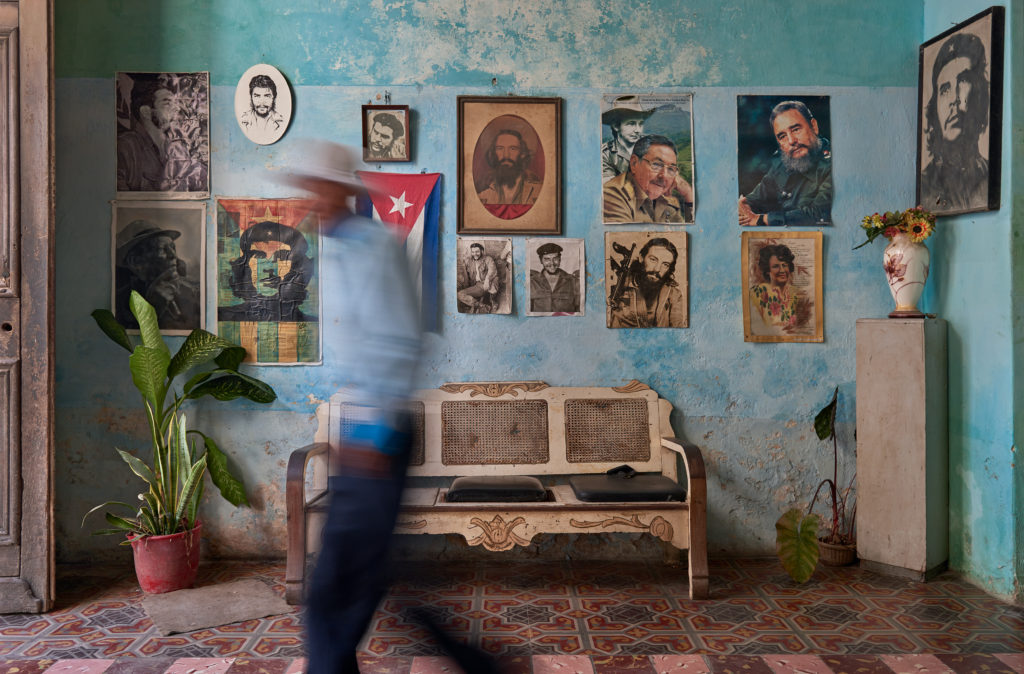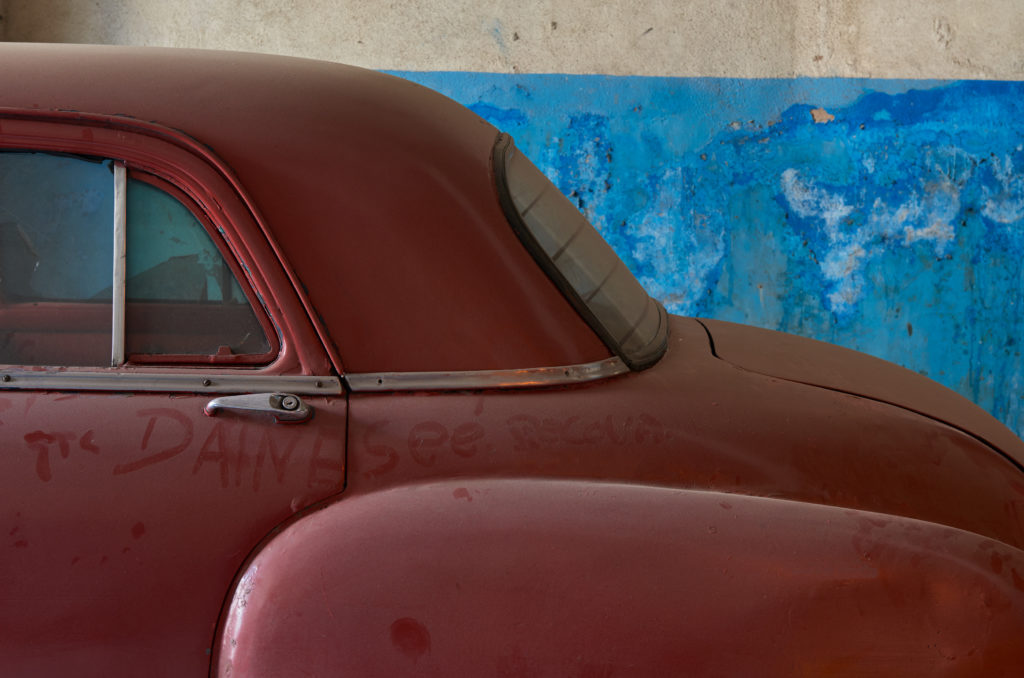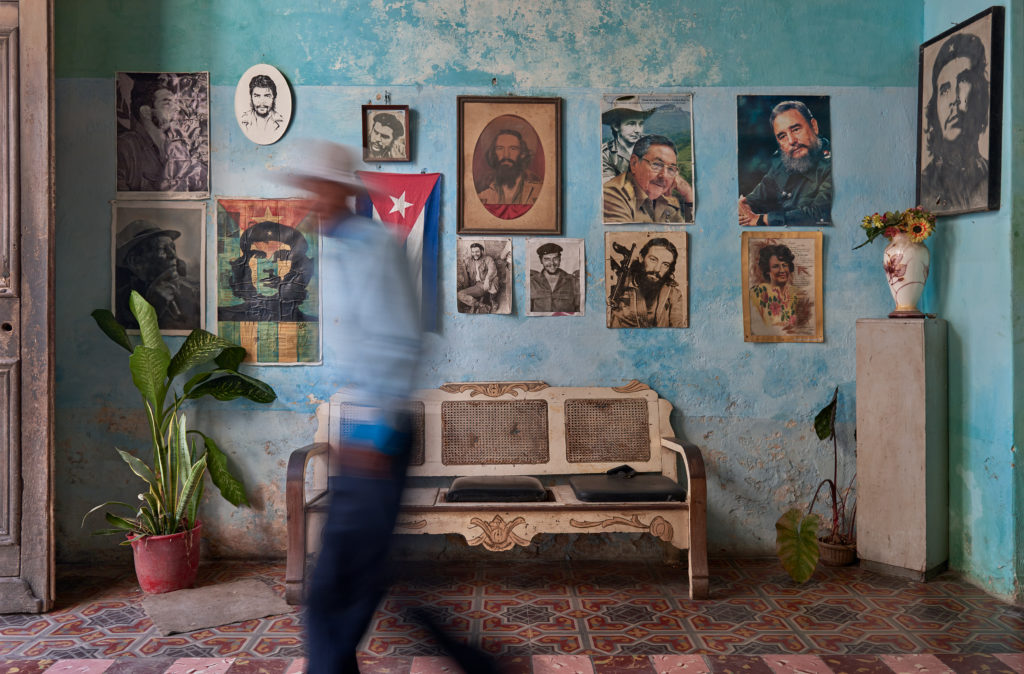Portraits of the Revolution

The northern districts of Havana are an architectural treasure of colonial style, neoclassic, art deco, Spanish baroque, modernism and, surprisingly little brutalism. The 50 years of neglect have preserved Havana as a unique place without the architectural atrocities found so often in our modern cities. This architectural heritage, the abundance of American cars from the 1950s, and the life and character of its inhabitants make Havana one of the visually richest and photo-friendliest places to visit. At first sight, one has the impression that nothing ever changes; some of your images may have been shot last week or fifty years ago. But change happens, some of which I was, unintendedly, able to capture in a series of images.

